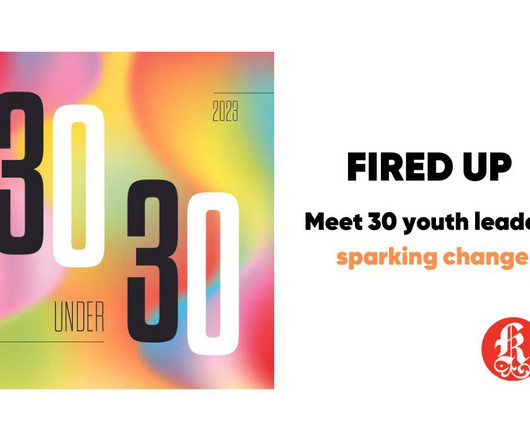Embodied carbon vs operational carbon: What’s the difference, and why does it matter?
Renewable Energy World
OCTOBER 14, 2021
Understanding the difference between embodied and operational carbon is crucial when planning and designing greener alternatives for your buildings. Embodied carbon is all the CO2 emitted in the production of the building. In the case of rebuilds, demolition adds to the embodied carbon of a site.














Let's personalize your content